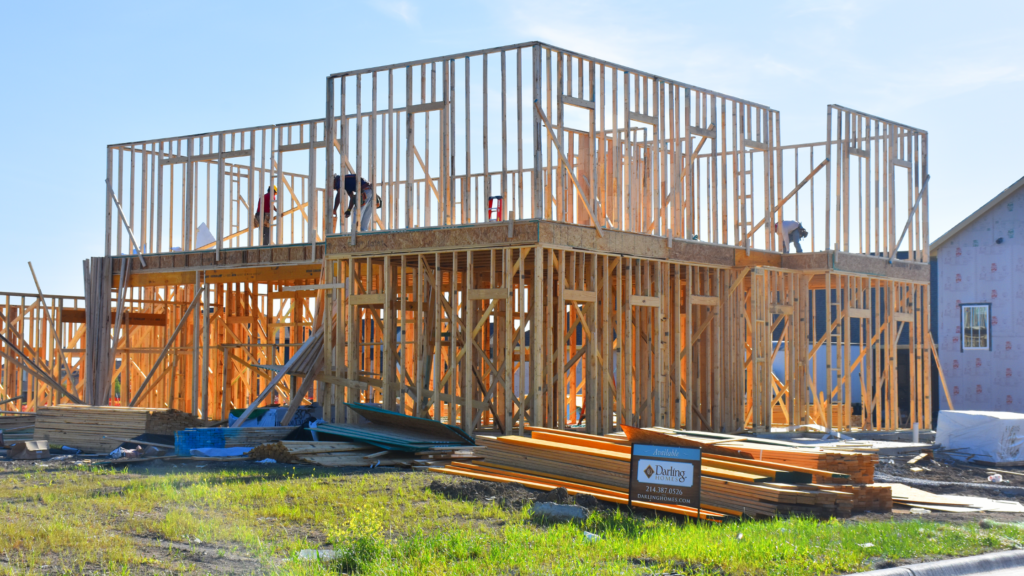As the construction industry faces a significant labor shortage, a new bipartisan bill seeks to expand access to training programs and create a more substantial pipeline of skilled workers. The Creating Opportunities for New Skills Training at Rural or Underserved Colleges and Trade Schools (CONSTRUCTS) Act is designed to tackle the lack of qualified workers. With a projected need for 2.2 million new construction workers over the next three years, the bill couldn’t come at a better time.

The Act, introduced in the Senate by Senators Jackie Rosen (D-Nev.) and Marsha Blackburn (R-Tenn.), focuses on funding training programs at community colleges, trade schools, and technical education institutions. The goal is to make it easier for more people to enter the industry, especially in areas with limited access to training programs. The National Association of Home Builders (NAHB) fully backs this effort, stating that a stronger workforce pipeline will help builders and improve housing affordability nationwide.
“The National Association of Home Builders commends Sens. Rosen and Blackburn for introducing the CONSTRUCTS Act, legislation that will ease the severe labor shortage in the home building industry that is causing construction delays and raising housing costs,” said NAHB Chairman Carl Harris. “In any given month, our industry faces a shortage of between 200,000 and 400,000 construction workers. By supporting new and existing residential construction education programs, the CONSTRUCTS Act will help ensure we have enough workers to build the homes our nation needs.”
With home prices soaring and projects being delayed due to labor shortages, this bill could be a game-changer. If passed, it could increase the number of skilled workers, speed up construction timelines, and help ease housing costs—all while creating new career opportunities for those looking to enter the trades.
The construction industry has long struggled to attract new talent, but the CONSTRUCTS Act could provide the support and funding needed to change that. It’s a promising step toward a more sustainable future for home building, ensuring that when people need a house, there are enough skilled hands to build it.
Want to stay updated on the latest construction industry news and workforce development efforts? Subscribe to our newsletter and follow us on social media for expert insights, policy updates, and more!


